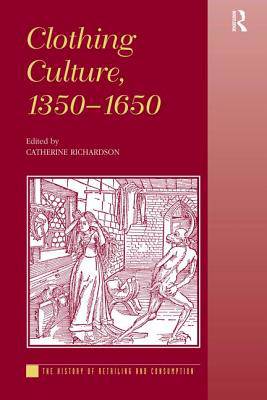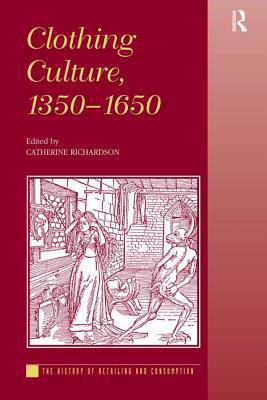
- Afhalen na 1 uur in een winkel met voorraad
- Gratis thuislevering in België vanaf € 30
- Ruim aanbod met 7 miljoen producten
- Afhalen na 1 uur in een winkel met voorraad
- Gratis thuislevering in België vanaf € 30
- Ruim aanbod met 7 miljoen producten
Zoeken
Clothing Culture, 1350-1650
€ 290,45
+ 580 punten
Omschrijving
Tackling the issue of clothing in relation to such fundamental issues as national identity, social distinction, gender, the body, religion and politics, Clothing Culture, 1350-1650 provides a springboard into one of the most fascinating yet least understood aspects of social and cultural history. Nowhere in medieval and early modern European society was its hierarchical and social divisions more obviously reflected than in the sphere of clothing. Indeed, one of the few constant themes of writers, chroniclers, diarists and commentators - from Chaucer to Pepys - was the subject of fashion and clothes. Whether it was lauding the magnificence of court, warning against the vanity of fashion, describing the latest modes, or decrying the habit of the lower orders to ape the dress of their social superiors, people throughout history have been fascinated by the symbolism, power and messages that clothes can project.
Specificaties
Betrokkenen
- Uitgeverij:
Inhoud
- Aantal bladzijden:
- 312
- Taal:
- Engels
- Reeks:
Eigenschappen
- Productcode (EAN):
- 9780754638421
- Verschijningsdatum:
- 28/07/2004
- Uitvoering:
- Hardcover
- Formaat:
- Genaaid
- Afmetingen:
- 156 mm x 234 mm
- Gewicht:
- 612 g

Alleen bij Standaard Boekhandel
+ 580 punten op je klantenkaart van Standaard Boekhandel
Beoordelingen
We publiceren alleen reviews die voldoen aan de voorwaarden voor reviews. Bekijk onze voorwaarden voor reviews.










